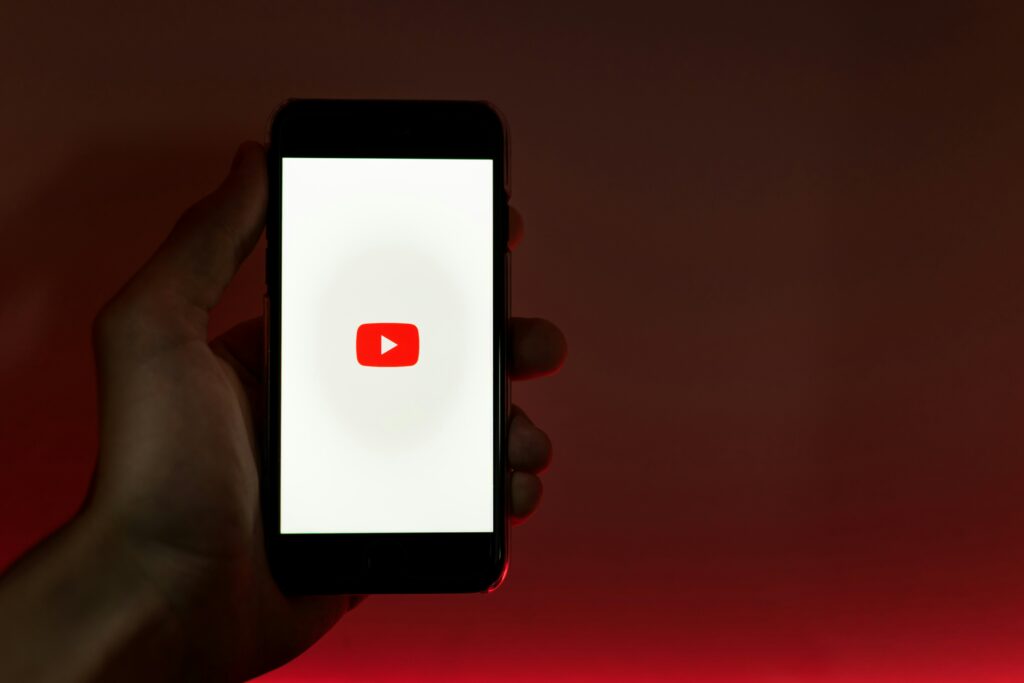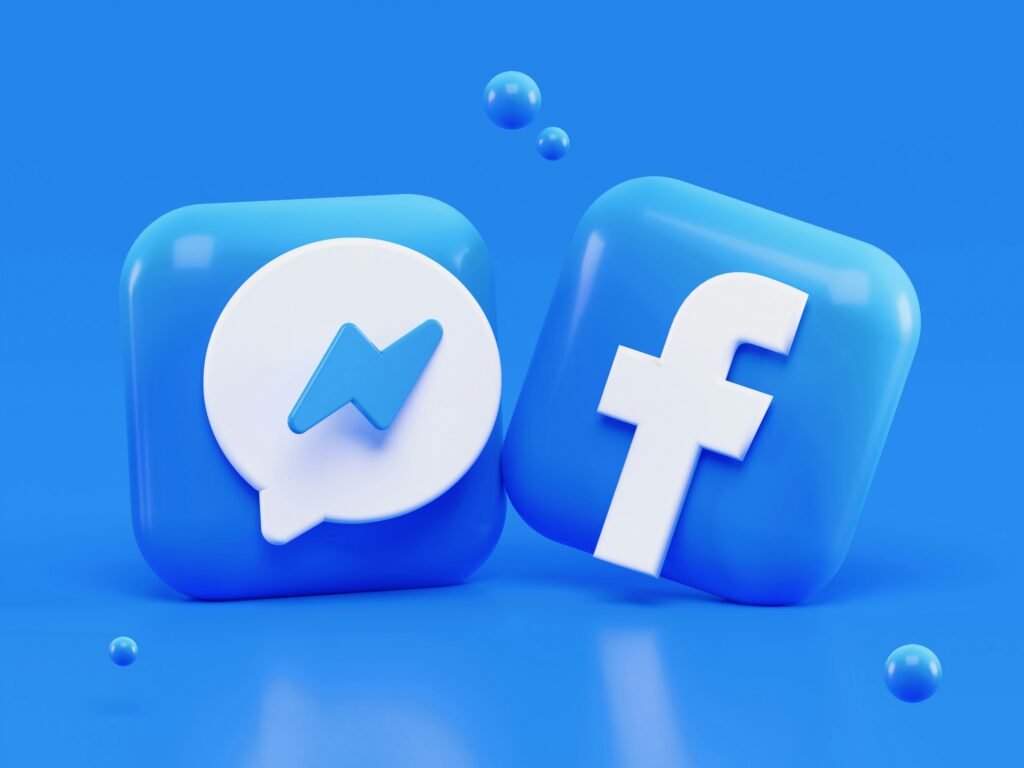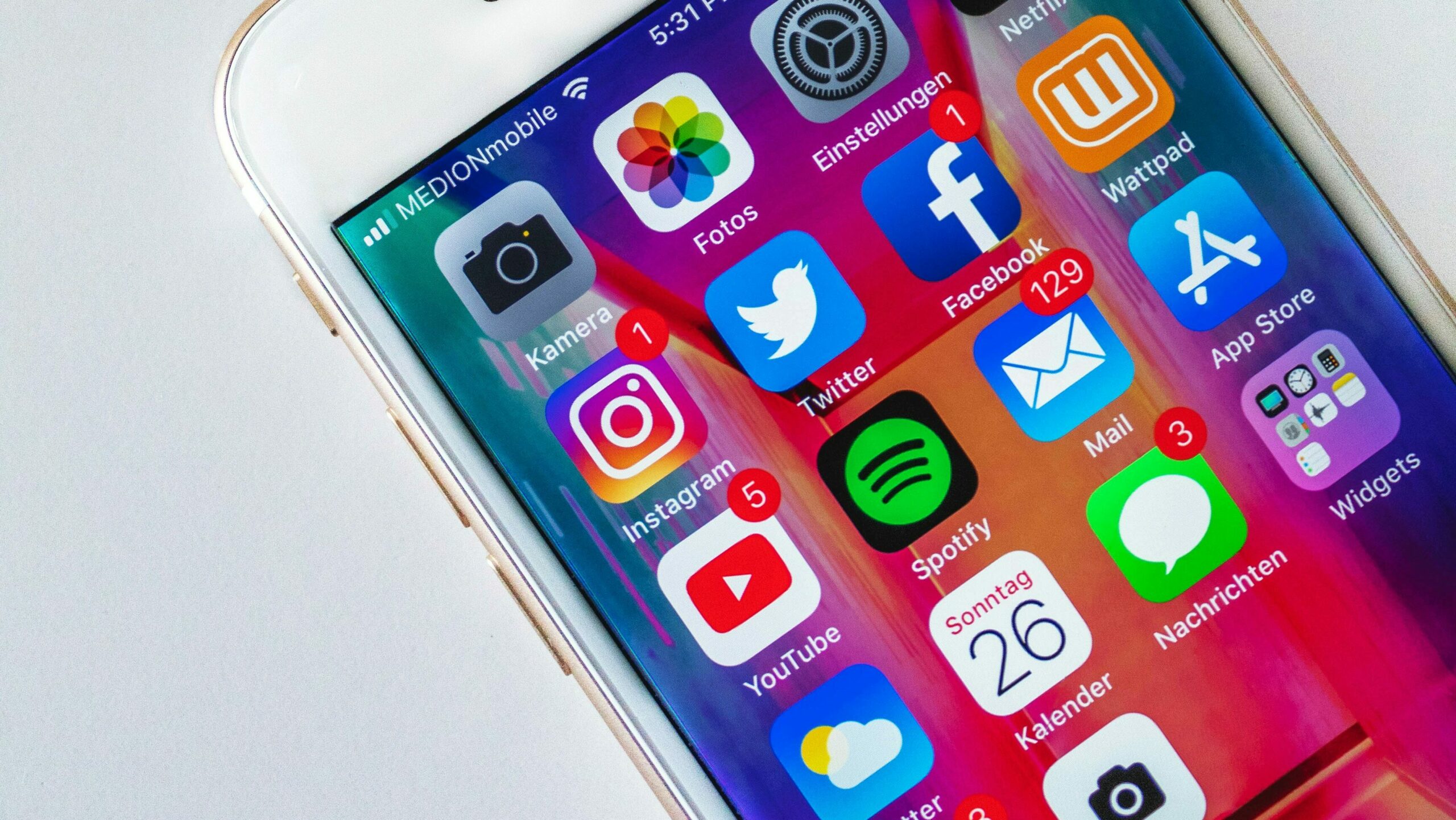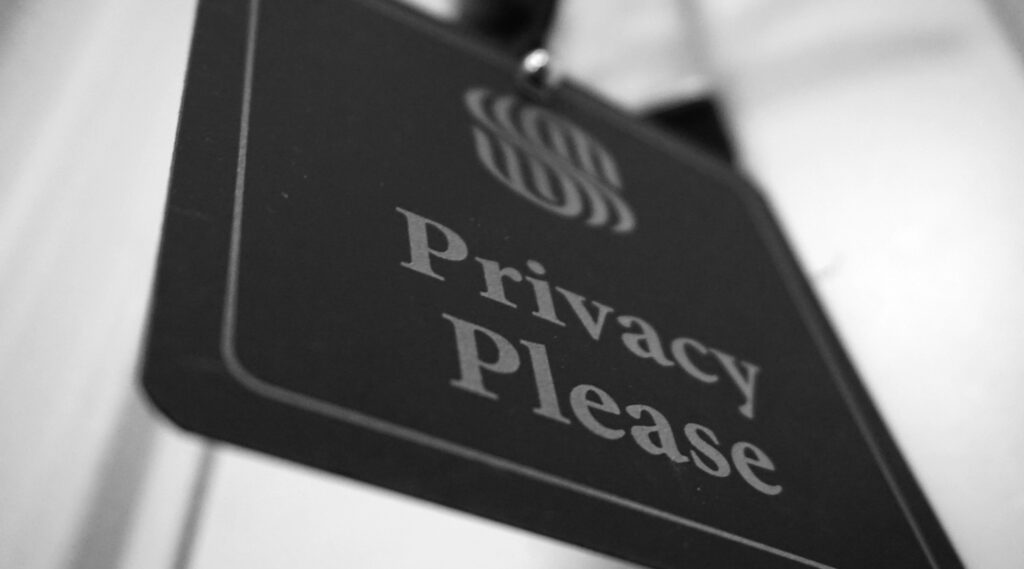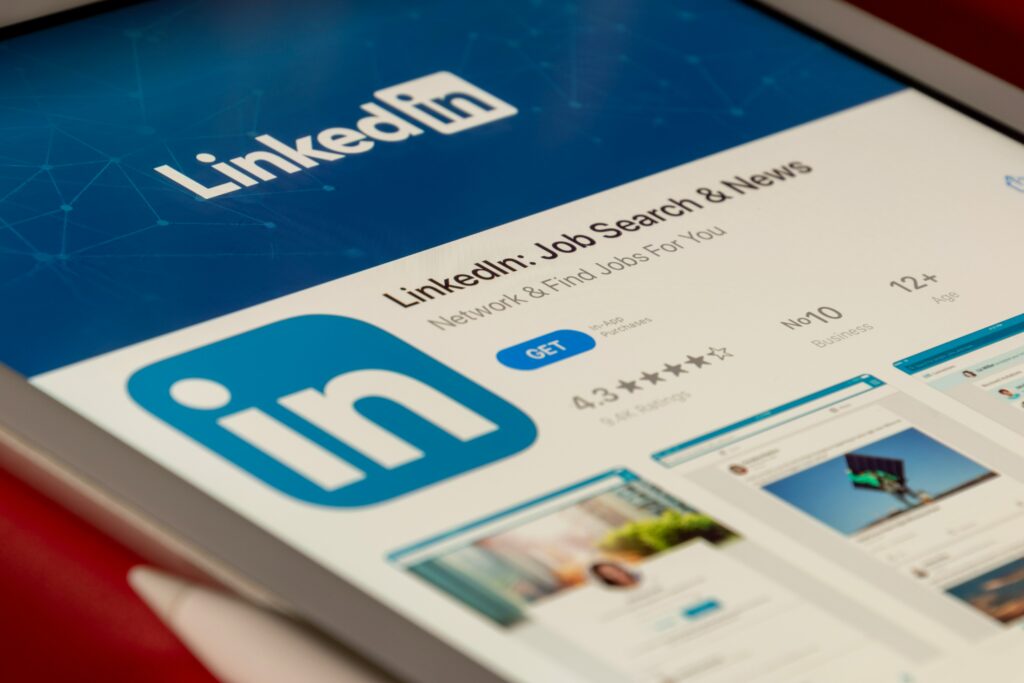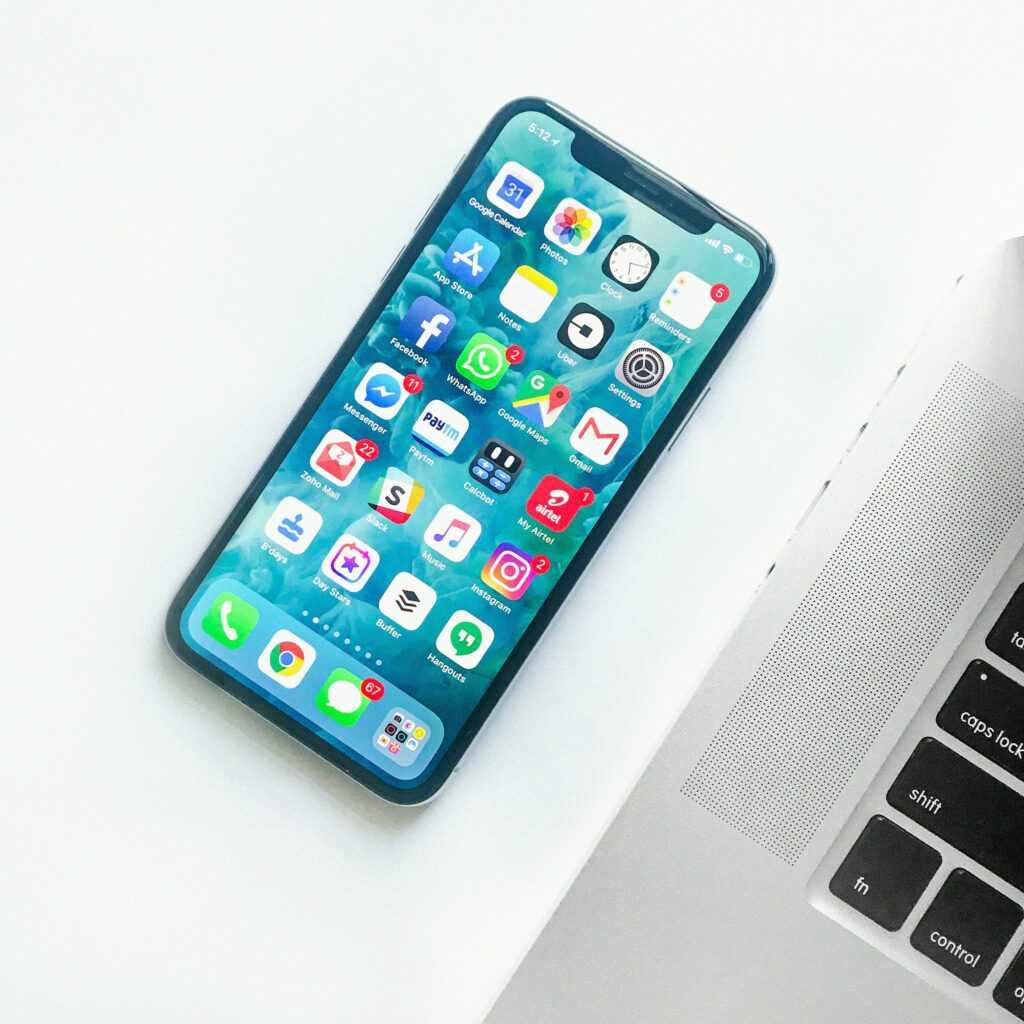Diverse PLN Benefits
How does having a diverse PLN improve your learning and personal/professional growth? Share any experiences or examples you have.
Engaging with individuals from different backgrounds helps you see issues and solutions from multiple angles. This broader viewpoint can lead to more creative and effective problem-solving.

Photo by Nathan Dumlao on Unsplash
Example: Volunteering to help middle and high school students with math lessons, I encountered students from various cultural backgrounds. Learning about their unique educational challenges and cultural approaches to learning mathematics enriched my teaching methods, making them more inclusive and effective.
Creating an Inclusive PLN
What steps can you take to ensure your PLN includes various voices and perspectives? Think about actions you can take to promote inclusivity.
- Translation Services: Make use of translation tools and services to break down language barriers. When posting videos or written content, provide transcripts that can be easily translated.
Example: For any video content I create, I can provide a Word document with transcripts. This allows people who don’t speak the language to copy and paste the text into translation tools, making the content accessible to a wider audience.
- Offer Sign Language Services: Ensure that your content is accessible to individuals with hearing impairments by providing sign language interpretation.
Example: During webinars or live workshops, I can arrange for sign language interpreters to be present.
- Schedule Flexibility: Consider the diverse time zones and availability of your network members when planning events or sessions. Offering multiple time slots or recording sessions for later viewing can help include more participants.
Example: When organizing workshop sessions, I survey the participants to find the most convenient times for everyone. If that’s not possible, I record the sessions and make them available for later viewing, ensuring that no one misses out due to scheduling conflicts.
This video also shows how to create an inclusive classroom:
Social Media Dynamics
Different social media platforms have unique features and cultures. How do these differences affect how you interact with others in your PLN? Reflect on your behaviour and interactions across platforms.
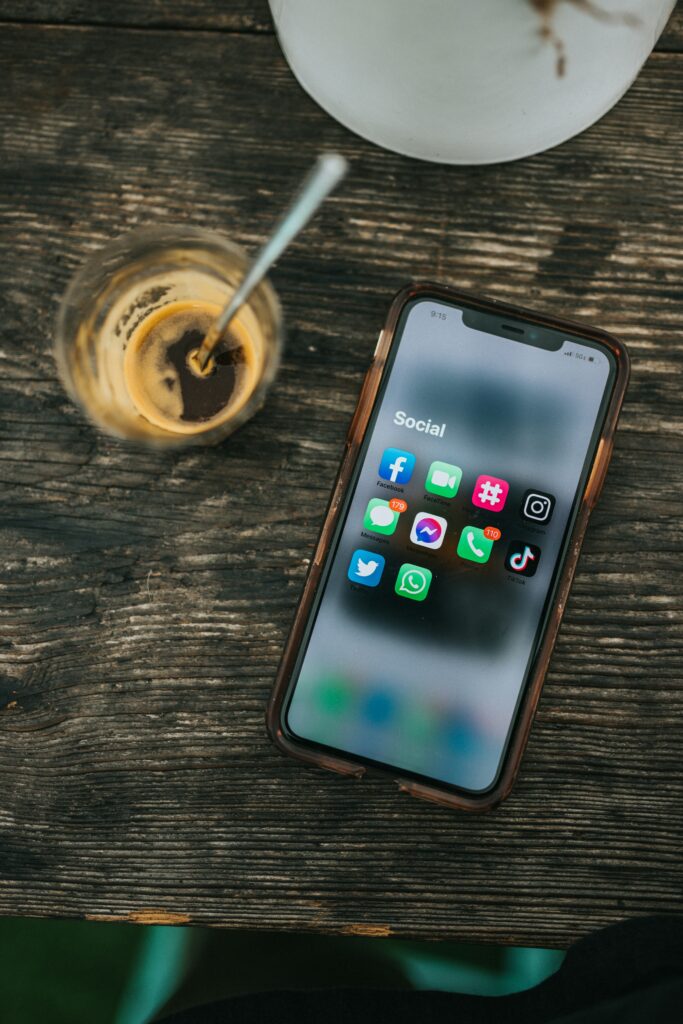
Photo by Nathan Dumlao on Unsplash
Reddit:
- Features: Reddit consists of subreddits, which are individual communities focused on specific topics.
- My Interaction: I participate in subreddits that align with my interests and professional goals. This platform is particularly useful for detailed discussions, asking for advice, and learning from a diverse group of people with various expertise and experiences.
Instagram:
- Features: Instagram offers the “Close Friends” feature, allowing you to share content with a select group of people.
- My Interaction: I use Instagram to share more personal and visual updates with my PLN. The “Close Friends” feature is particularly useful when I want to share content that is more private.
Challenges of Inclusivity in Digital Spaces

What difficulties have you faced, or do you think you might face, in making your PLN inclusive? Consider ways to overcome these challenges and build a supportive and inclusive PLN.
Language Barriers:
- Challenge: Communicating effectively with members who speak different languages can be difficult.
- Solution: Use translation tools and services to provide content in multiple languages. For example, when sharing videos, include transcripts in different languages. Encourage members to use translation tools to engage with content and participate in discussions.
Time Zone Differences:
- Challenge: Coordinating events and real-time interactions can be challenging when members are spread across different time zones.
- Solution: Offer multiple session times for live events or record sessions for later viewing.

